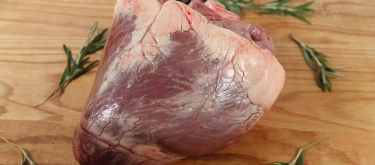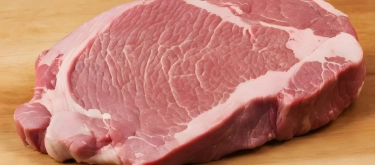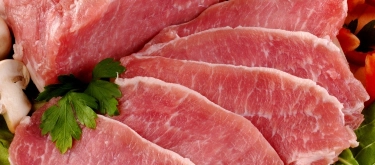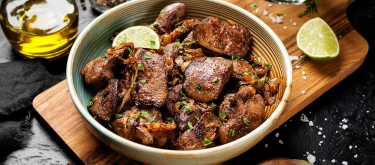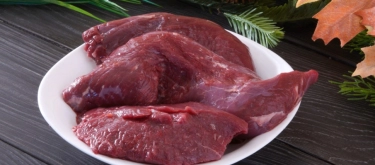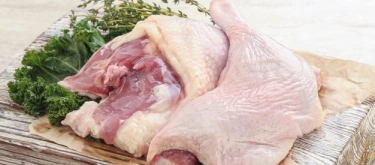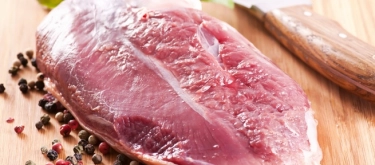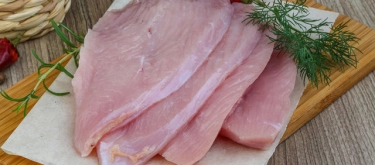Beef: Taste Profile, Aroma, Benefits and Health Risks
Beef, the culinary term for meat derived from cattle, is one of the world's most widely consumed and culturally significant meats. With deep historical roots spanning thousands of years, beef remains central to cuisines worldwide due to its versatility, rich nutritional profile, and diverse flavor experiences—from tender filet mignon to flavorful brisket and juicy burgers.
Beef is naturally gluten-free but unsuitable for vegetarians, vegans, or those following plant-based diets. It contains animal proteins, which may rarely trigger allergic reactions in sensitive individuals. Proper cooking to recommended temperatures is essential to prevent foodborne illness.
What does Beef taste like?
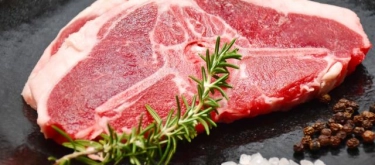
Complete Sensory Description
Taste:
Beef offers a distinctly rich, savory, and meaty taste characterized by prominent umami notes. Flavor intensity varies significantly by cut: tenderloin or sirloin steaks have subtle, buttery, and slightly sweet undertones, while tougher cuts like brisket or short ribs feature deep, pronounced beefy richness, intensified by slow cooking methods.
Aroma:
Raw beef has a mild, iron-rich scent. When cooked, it develops intense, appetizing aromas—rich, savory notes complemented by deep caramelization, earthy undertones, and occasionally subtle hints of nuttiness.
Texture:
Beef texture varies widely: tender cuts (tenderloin, ribeye) offer delicate, buttery textures, while tougher cuts (brisket, chuck) become meltingly tender and juicy when slow-cooked. Properly cooked beef should be juicy, firm yet tender, and easily chewable.
Appearance:
High-quality raw beef typically displays vibrant red to deep-red hues, marbled with white fat. Upon cooking, it acquires an appealing browned or caramelized crust, with interiors ranging from medium pink to deep brown, depending on doneness.
Varieties and Culinary Uses
-
Tenderloin & Filet Mignon:
Mild, delicate flavor, tender texture; ideal for grilling, pan-searing, or fine dining dishes. -
Ribeye & Striploin:
Rich marbling, robust beefy flavor; excellent grilled or pan-fried. -
Brisket & Chuck:
Tough initially, rich flavor; ideal for slow cooking, stews, or braising. -
Ground Beef:
Versatile use in burgers, meatballs, sauces, and casseroles. -
Short Ribs & Brisket:
Deep, intense savory flavors; excellent braised, smoked, or slow-cooked.
In-depth Flavor Analysis
-
Umami Dominance:
Beef’s rich umami notes enhance dishes by deepening savory intensity, creating full-bodied culinary experiences. -
Caramelization & Maillard Reaction:
Cooking beef produces caramelized flavors through Maillard reactions, yielding complex aromas of roasted, grilled, or smoked meats. -
Fat Marbling & Flavor:
Intramuscular fat (marbling) significantly influences tenderness, juiciness, and flavor depth, with fattier cuts (ribeye, brisket) offering robust, mouthwatering taste profiles. -
Flavor Evolution:
Cooking beef via grilling, roasting, or braising transforms its flavor, intensifying caramelized notes, savory umami character, and yielding highly satisfying, richly layered sensory experiences.
Culinary Applications
-
Grilling & Roasting:
Ideal for steaks, roasts, and kebabs, providing juicy, flavorful results enhanced by caramelization and charred textures. -
Slow Cooking & Braising:
Tougher cuts like brisket, chuck roast, or short ribs benefit from low, slow cooking methods to achieve tender, flavorful results. -
Ground Beef Dishes:
Popular in burgers, meatballs, sauces (bolognese), chili, or casseroles, providing versatile, affordable nutrition and flavor. -
Asian & International Cuisine:
Widely used in stir-fries, soups (pho, ramen), curries, or stews across global cuisines, showcasing beef’s versatility.
Selection and Storage
Selecting Quality Beef:
- Select cuts with bright-red or dark-red color (depending on freshness and aging), firm texture, visible but evenly distributed marbling, and no unpleasant odors.
- Prefer beef clearly labeled with source information, production standards, and recommended freshness dates.
Storage Recommendations:**
- Store fresh beef refrigerated below 4°C (39°F), tightly wrapped or vacuum-sealed.
- Cook or freeze fresh beef within 3–5 days after purchase; frozen beef can maintain quality for 6–12 months when stored properly.
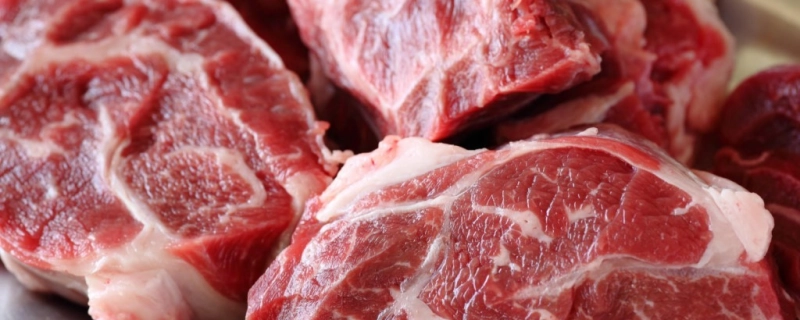
Nutritional Insights
-
High-Quality Protein:
Excellent source of complete proteins vital for muscle development, maintenance, and recovery. -
Rich Source of Iron and Minerals:
Contains heme-iron, essential for healthy blood cells, along with zinc, selenium, phosphorus, and magnesium, crucial for metabolic function and immune health. -
Vitamins and B-complex:
Rich in vitamins B12, B6, B2, and niacin, supporting neurological function, energy metabolism, and cellular health. -
Fat and Calorie Content:
Beef provides saturated fats; leaner cuts recommended in moderation to maintain heart-healthy dietary balance.
Expert Insights & Culinary Tips
-
Cooking Recommendations:
Chefs recommend resting beef after cooking (5–10 minutes) to retain juices and enhance tenderness. -
Flavor Pairings:
Pair beef with robust flavors like garlic, rosemary, thyme, mushrooms, onions, peppercorn, red wine, or mustard to complement and enhance its natural taste. -
Preparation Tips:
Marinate tougher cuts to tenderize and enhance flavor; for tender cuts, simple seasoning highlights natural qualities.
Interesting and Curious Facts
- Beef has been central to human diets for millennia, with cattle domestication traced back over 8,000 years.
- The marbling (intramuscular fat) in premium cuts like Wagyu and Kobe beef contributes significantly to tenderness and flavor intensity, making them culinary delicacies.
- Beef is deeply embedded in culinary traditions worldwide, prominently featuring in iconic dishes such as steak tartare, beef bourguignon, and Korean barbecue.
How to Enjoy Beef
- Grill steaks or burgers for juicy, flavorful meals.
- Slow-cook brisket or short ribs for tender, comforting dishes.
- Incorporate beef into hearty stews, soups, or chili for rich, satisfying meals.
- Explore gourmet steak preparations with simple seasonings to highlight beef’s natural taste and texture.
Harm and Dietary Considerations
-
Red Meat Consumption:
Excessive beef consumption, especially processed meats, is linked to health risks, including cardiovascular disease; moderation is advised. -
Cholesterol and Saturated Fat:
Higher saturated fat content warrants mindful portion control, particularly for individuals managing cholesterol or heart health. -
Proper Cooking Essential:
Undercooked beef can pose food safety risks. Always ensure beef is cooked to recommended temperatures (minimum 63°C or 145°F internal) for safety.
Final Thoughts & Sensory Journey
Beef’s savory complexity and satisfying texture offer a timeless culinary experience, from juicy steaks and rich stews to globally celebrated dishes. Its versatility, nutritional value, and depth of flavor provide countless opportunities for culinary creativity, making beef a beloved cornerstone of dining cultures worldwide.
Resources
- McGee, H. (2004). On Food and Cooking: The Science and Lore of the Kitchen. Scribner.
- USDA Food Safety and Inspection Service (2022). Safe Handling and Nutritional Facts of Beef.
- Food and Agriculture Organization (FAO). (2021). Meat and Meat Products: Nutrition, Safety, and Health.
